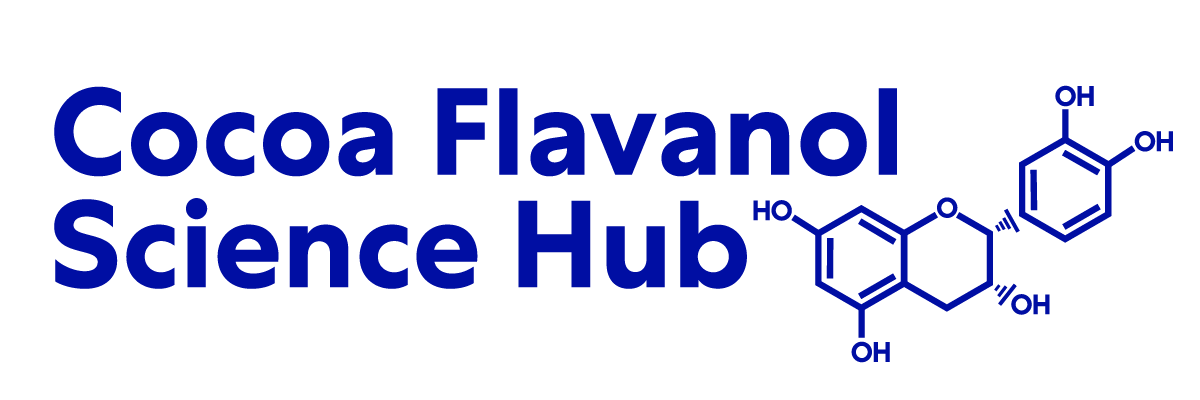Inhibitory effects of cocoa flavanols and procyanidin oligomers on free radical-induced erythrocyte hemolysis.
Excessive peroxidation of biomembranes is thought to contribute to the initiation and progression of numerous degenerative diseases. The present study examined the inhibitory effects of a cocoaextract, individual cocoa flavanols (-)-epicatechin and (+)-catechin, and procyanidin oligomers (dimer to decamer) isolated from cocoa on rat erythrocyte hemolysis. In vitro, the flavanols and theprocyanidin oligomers exhibited dose-dependent protection against 2,2'-azo-bis (2-amidinopropane) dihydrochloride (AAPH)-induced erythrocyte hemolysis between concentrations of 2.5 and 40 microM. Dimer, trimer, and tetramer showed the strongest inhibitory effects at 10 microM, 59.4%, 66.2%, 70.9%; 20 microM, 84.1%, 87.6%, 81.0%; and 40 microM, 90.2%, 88.9%, 78.6%, respectively. In a subsequent experiment, male Sprague-Dawley rats (approximately 200 g; n = 5-6) were given a 100-mg intragastric dose of a cocoa extract. Blood was collected over a 4-hr time period. Epicatechin and catechin, and the dimers (-)-epicatechin-(4beta>8)-epicatechin (Dimer B2) and (-)-epicatechin-(4beta>6)-epicatechin (Dimer B5) were detected in the plasma with concentrations of 6.4 microM, and 217.6, 248.2, and 55.4 nM, respectively. Plasma antioxidant capacity (as measured by the total antioxidant potential [TRAP] assay) was elevated (P < 0.05) between 30 and 240 min following thecocoa extract feeding. Erythrocytes obtained from the cocoa extract-fed animals showed an enhanced resistance to hemolysis (P < 0.05). This enhanced resistance was also observed whenerythrocytes from animals fed the cocoa extract were mixed with plasma obtained from animals given water only. Conversely, plasma obtained from rats given the cocoa extract improved the resistance oferythrocytes obtained from rats given water only. These results show cocoa flavanols and procyanidins can provide membrane protective effects.
See the Full Study > (opens in a new tab)









